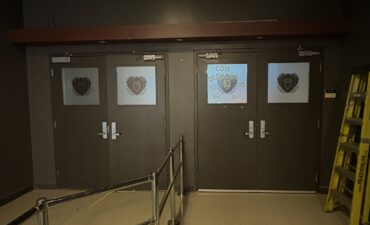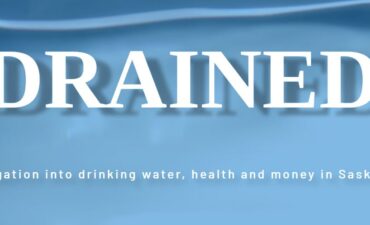
Village of Craven dealing with water line breaks at system capacity
Waterworks infrastructure issues in the Village of Craven have been at the forefront of residents’ minds for the past several years, as boil water advisories continue to crop up.
The boil water advisories come from several water lines and mains breaking, which can be explained by Craven’s geography and harsh climate. Situated on a side hill in the Qu’Appelle Valley, Craven lies just above the point where the Qu’Appelle River and Last Mountain Creek meet. Due to the shifting of the hills and erosion when the spring thaw comes, the dated water lines are susceptible to damage.
According to Richard Lipiec, the maintenance person for the Village of Craven, eight water line breaks have occurred within the past five years.
“Those are fixed in 48 hours; most of the time, I’d say within 24 but no more than 48 ever,” said Lipiec. “The shifting of the soil causes breaks and then the pipes kink sometimes and then you have a pressure problem. The pressure is getting up and then you have to find that problem wherever it is.”
According to a survey completed in 2022 by Wyatt Engineering, the town is at absolute capacity for the water infrastructure in place now. The main wells east of the village are attached to a bountiful aquifer, but the pump and lagoon system currently in place are limiting further construction in the area.

“Not as far as the water, but as far as the size of the lagoons it’s kind of putting a damper on increasing the population,” Lipiec said. “We’re never going to run out. It’s very good water, actually… We’re going to improve the water treatment plant; they want to filter out the manganese that’s in the water. They’re going to add on to our treatment plant, and I’ll still be adding chlorine; that’s a given.”
Wyatt Engineering’s recommendations for the system include monitoring raw water (lagoon) capacities to the demand. This could lead to the purchase of new land and construction of a third lagoon cell, a huge capital project for the small town. Lipiec believes adding a third cell could accommodate an expansion of about fifty homes and businesses.
“There are no concerns of the pumps shutting down because we have that spare pump,” said Lipiec. “That’s never been an issue. I’ve always got spare pumps in the shop as well so that nobody would be without water, ever, ever, ever. If the power was out however, I’d have no control over that.”
The Village of Craven uses about 12 per cent more water per capita than the rest of the province, but that figure was declining as of 2022. The past 20 years have seen a stagnant population of around 220, and this is likely to continue unless some serious capital is injected into the village’s infrastructure.















